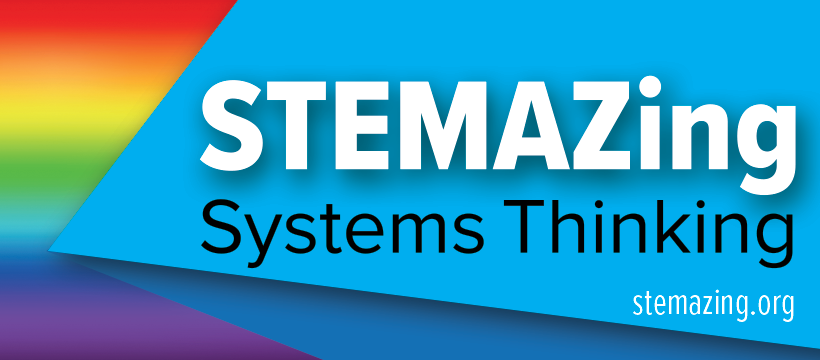

Hypothesis Cube 1
Click, hold, and move around the grey cube that says top and front, or use your fingers on a cell phone or tablet touch screen, to rotate the cube around to explore the five faces of the cube you are given., make a claim about what you think is on the missing face (which number and what color is the face). support your claim with as many lines of evidence (patterns) as you can find. (there are at least eight lines of evidence to support most claims made for what is on the missing face of this cube. some lines of evidence or patterns can be quite simple but still used to support your claim.).
National Academy of Sciences. 1998. Teaching About Evolution and the Nature of Science. https://doi.org/10.17226/5787 .
Adapted and reproduced with permission from the National Academy of Sciences, Courtesy of the National Academies Press, Washington, D.C.

Looking for something specific? Type keywords into the search bar to locate resources you could use.

IMAGES
VIDEO